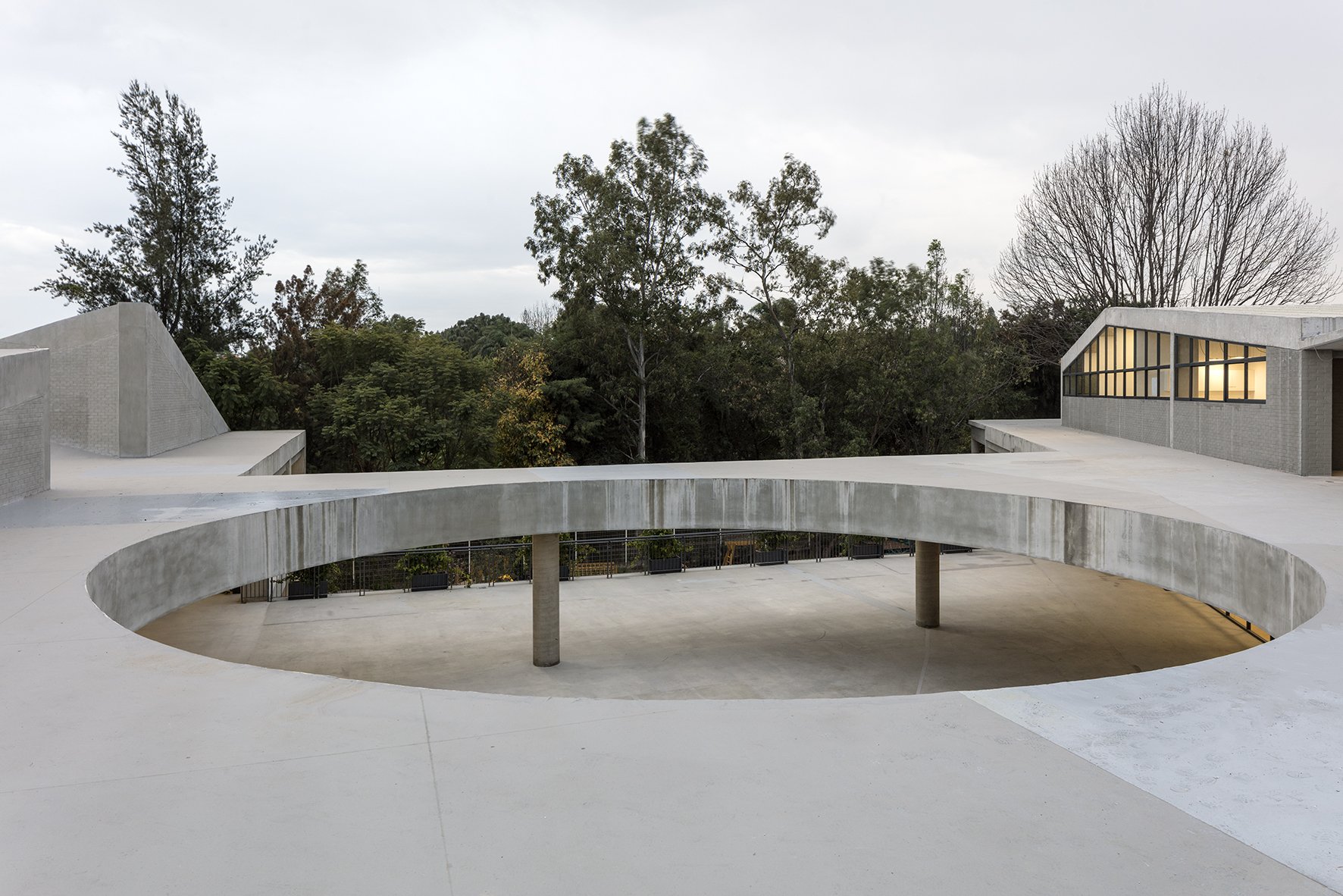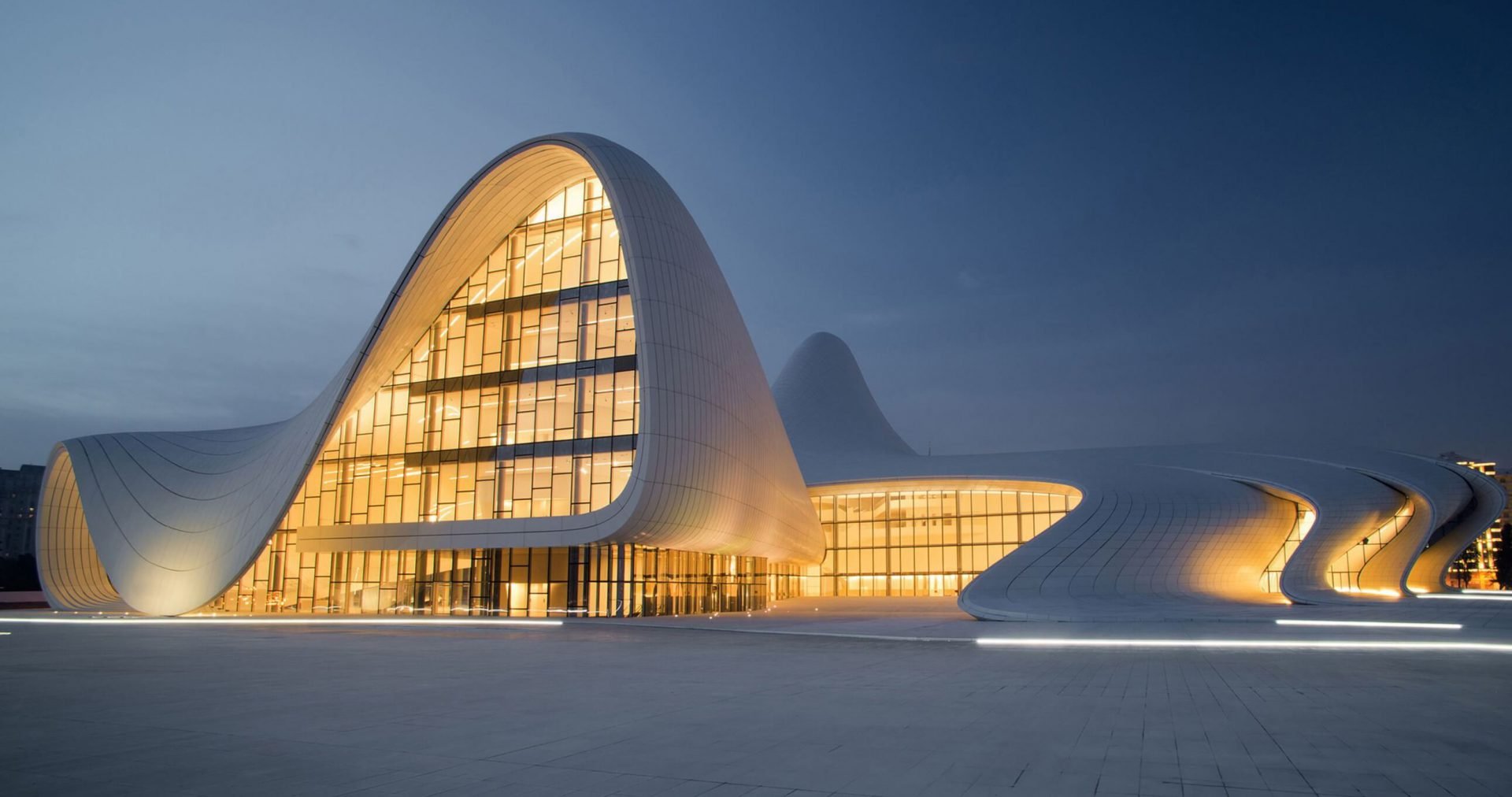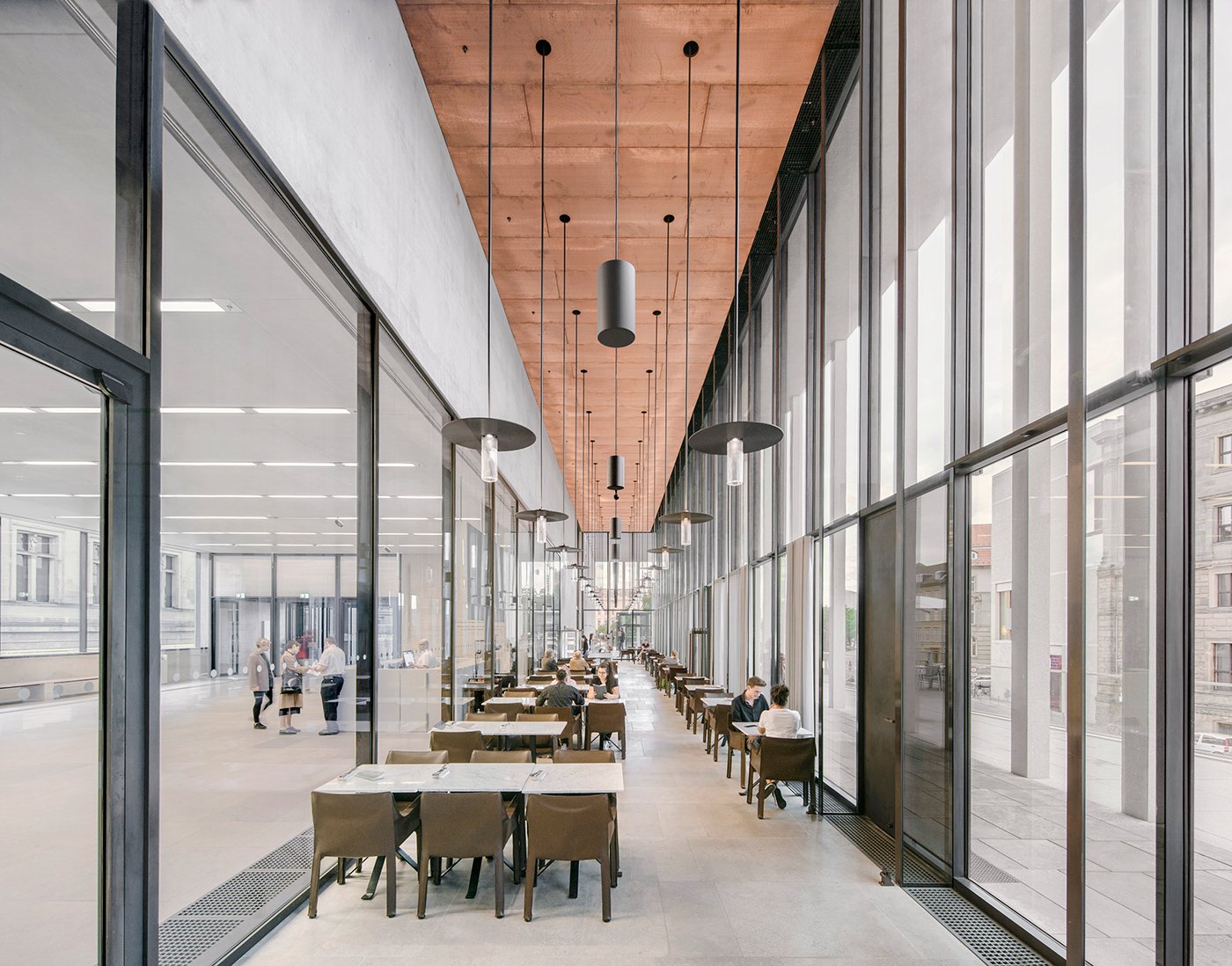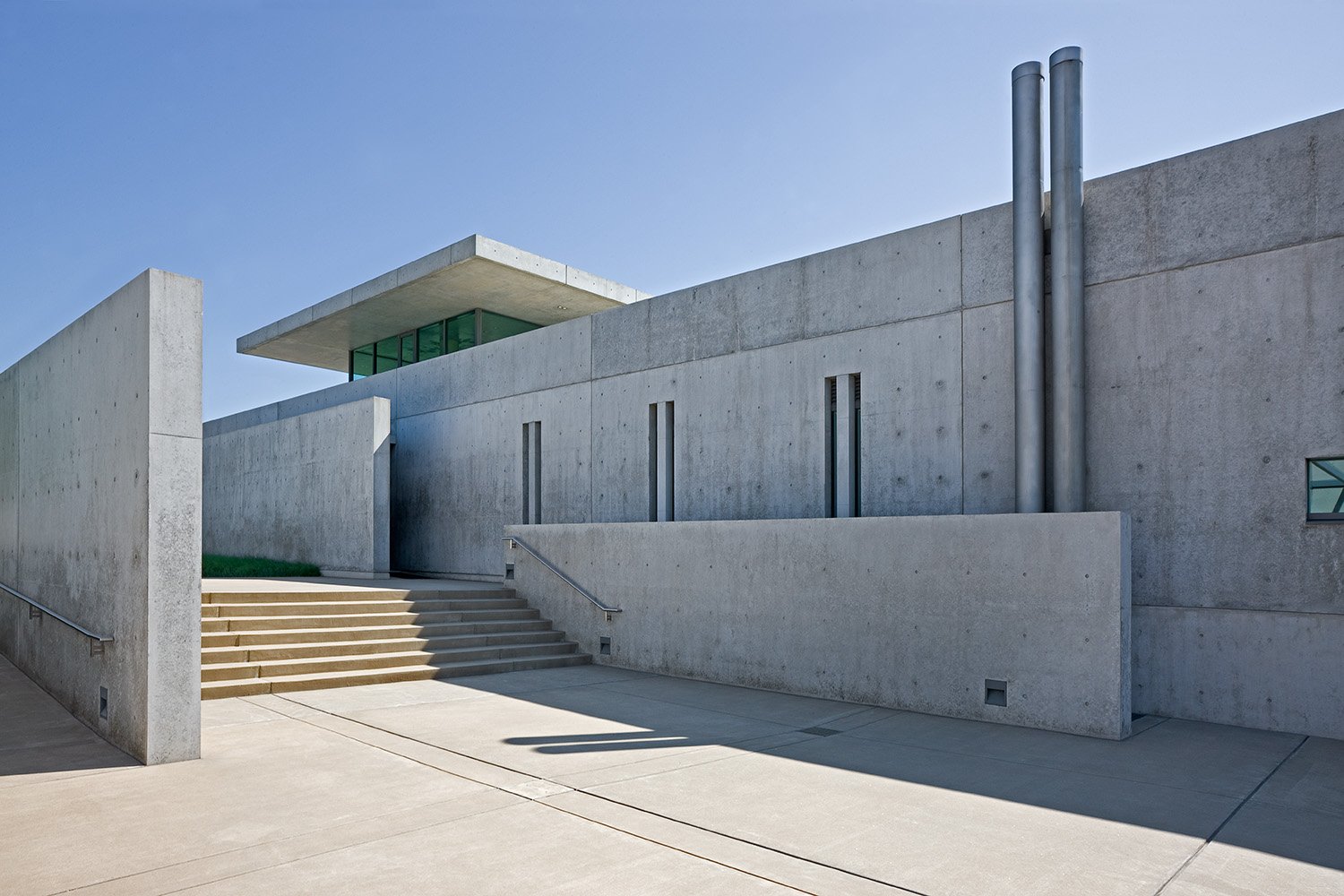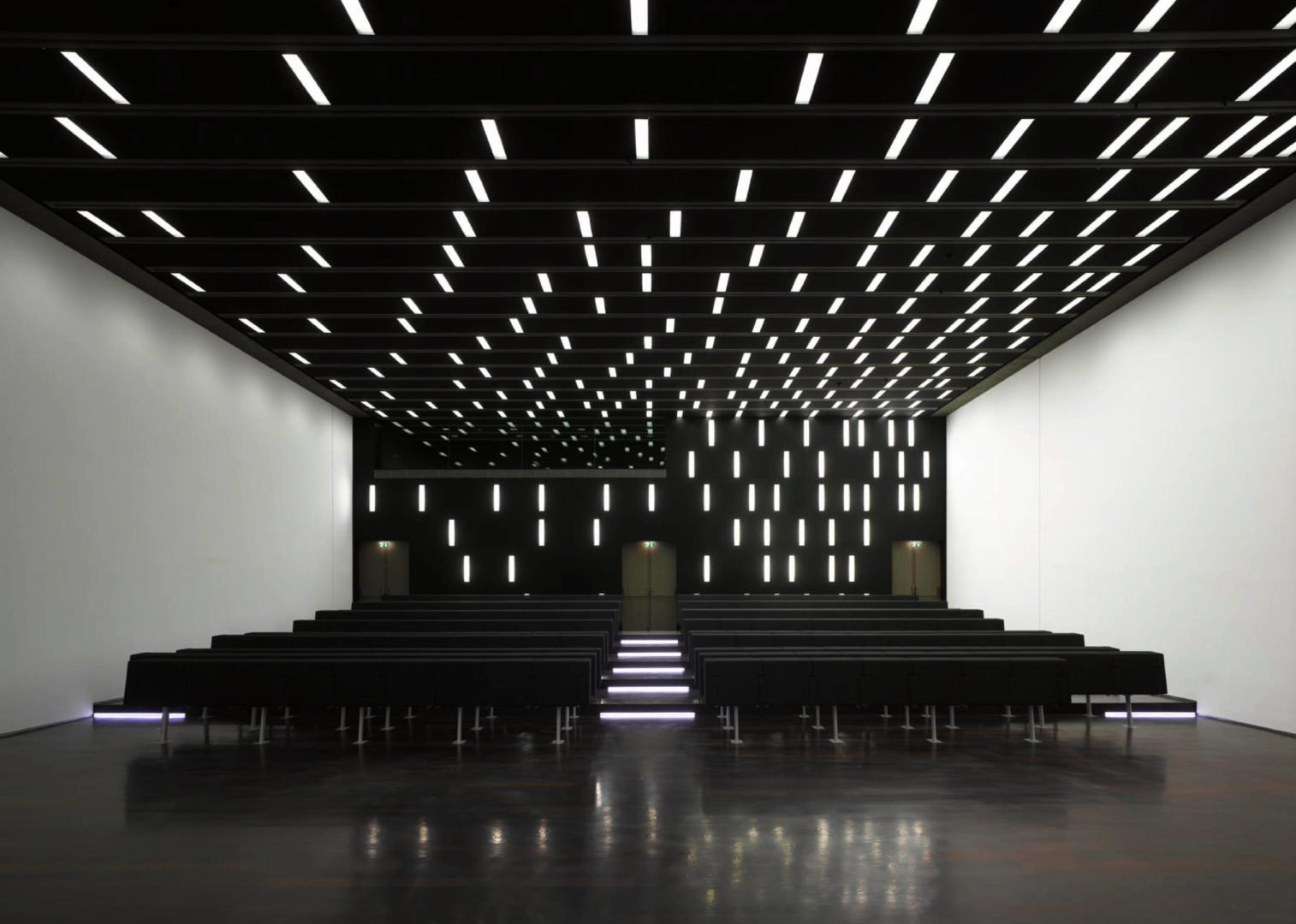The Rise of Polished Concrete: Exploring its Impact on Contemporary Architectural Design
A Deep Dive into its Usage in Modern Architecture, Notable Architects, and Iconic Works
Polished concrete has emerged as a favorite among architects for its unique combination of aesthetics, durability, and versatility. The material has become synonymous with modern architecture, with notable architects incorporating it into their iconic works. In this blog post, we will explore why architects have embraced polished concrete and highlight some of the most famous examples of its use in contemporary architecture.
The Appeal of Polished Concrete in Modern Architecture
Polished concrete's rise in popularity can be attributed to several factors, including:
Aesthetic Appeal
Polished concrete offers a sleek, minimalist look that complements modern architectural designs. Its smooth, reflective surface can create a sense of spaciousness in a space, while its raw, industrial appearance adds character and depth.
Durability
Polished concrete is highly durable, withstanding heavy foot traffic, impact, and abrasion. This makes it ideal for high-traffic areas and public spaces where longevity and minimal maintenance are essential.
Versatility
Polished concrete can be customized with various finishes, colors, and aggregates, allowing architects to tailor the material to their specific design needs. This flexibility makes polished concrete suitable for a wide range of applications, from commercial spaces to residential homes.
Sustainability
As a sustainable flooring option, polished concrete reduces waste by using existing concrete slabs and minimizing the need for additional materials. Additionally, its thermal mass properties contribute to energy efficiency by helping regulate indoor temperatures.
Notable Architects and their Polished Concrete Masterpieces
Many renowned architects have incorporated polished concrete into their designs, showcasing the material's versatility and aesthetic potential. Some of the most famous examples include:
Tadao Ando
Tadao Ando, a Japanese architect known for his minimalist, concrete-based designs, often uses polished concrete to create a serene, contemplative atmosphere. His Church of the Light in Osaka, Japan, features polished concrete walls and floors, creating a harmonious interplay of light and shadow. The smooth, reflective surfaces emphasize the geometric patterns formed by natural light, resulting in a profound and spiritual space.
Zaha Hadid
The late Zaha Hadid, a trailblazing architect known for her futuristic, organic designs, also employed polished concrete in her work. One of her most famous examples is the MAXXI Museum in Rome, Italy. The museum's polished concrete floors complement the fluid, dynamic lines of the building's structure, creating a sense of continuity and movement throughout the space. The material's reflective properties enhance the building's natural light, contributing to a bright, open atmosphere.
David Chipperfield Architects
British architect David Chipperfield has utilized polished concrete in several of his designs, often in combination with other materials to create a contrasting, layered effect. One notable example is the Neues Museum in Berlin, Germany. Chipperfield used polished concrete to create a modern, minimalist contrast to the museum's historic architecture, emphasizing the building's past while looking toward the future.
Herzog & de Meuron
Swiss architectural firm Herzog & de Meuron has also embraced polished concrete as a key material in their designs. Their extension of the Tate Modern in London, known as the Switch House, features polished concrete floors throughout its galleries and public spaces. The material's industrial aesthetic complements the building's former function as a power station, while its durability ensures the space can withstand the demands of a busy art gallery.
Iconic Architectural Works Featuring Polished Concrete
Church of the Light, Osaka, Japan – Tadao Ando
One of Tadao Ando's most famous works, the Church of the Light, features polished concrete both in its interior and exterior. Completed in 1989, the church showcases Ando's signature minimalistic style and his masterful use of natural light. The polished concrete walls and floors create a serene, contemplative atmosphere while also highlighting the striking contrast between light and shadow.
The Pulitzer Arts Foundation, St. Louis, Missouri – Tadao Ando
Another masterpiece by Tadao Ando, the Pulitzer Arts Foundation in St. Louis, Missouri, opened in 2001. The museum features polished concrete floors and walls, which create a refined and contemplative atmosphere for displaying art. Ando's use of polished concrete in this project exemplifies his ability to manipulate light and space, crafting an environment that is both minimalistic and visually striking.
MAXXI Museum, Rome, Italy – Zaha Hadid
Designed by the late architect Zaha Hadid, the MAXXI Museum is a contemporary art and architecture museum in Rome, Italy. Opened in 2010, the museum features polished concrete floors and walls that emphasize the fluidity and dynamism of Hadid's design. The polished surfaces not only add to the building's visual appeal but also provide a durable and low-maintenance flooring solution for the high-traffic museum.
Silo 13, Paris, France – Vib Architecture
A striking example of adaptive reuse, Silo 13 in Paris is a former grain silo turned office building. Designed by Vib Architecture, the building features polished concrete floors that pay homage to its industrial past while providing a modern, functional workspace. The use of polished concrete in this project highlights the material's ability to bridge the gap between old and new, creating a harmonious blend of history and contemporary design.
Salk Institute for Biological Studies, La Jolla, California – Louis Kahn
Designed by renowned architect Louis Kahn and completed in 1965, the Salk Institute for Biological Studies is a research facility situated in La Jolla, California. The building's polished concrete floors and walls are integral to Kahn's design, which emphasizes the importance of natural light and the relationship between the built environment and its surrounding landscape. The polished concrete surfaces not only contribute to the building's aesthetic appeal but also provide a practical, low-maintenance solution for the research facility.
Casa Gilardi, Mexico City, Mexico – Luis Barragán
Casa Gilardi, designed by Mexican architect Luis Barragán, is a private residence in Mexico City. Completed in 1976, the house showcases Barragán's signature use of color and light. The polished concrete floors, combined with the vibrant walls and minimalist design, create a captivating and unique living space. Casa Gilardi is an excellent example of how polished concrete can be used to enhance and complement an architect's overall design vision. Fery few Barragán-designed homes are still in good shape and open to the public, including Casa Luis Barragán (the architect’s former home and studio that’s the only private residency to be named a UNESCO World Heritage site). The last project Barragán completed before he died, Casa Gilardi is known for the huge jacaranda tree decorating its interior courtyard, and for a striking hallway with vertical apertures that bounce sunlight against brightly painted yellow walls and out into an electric blue room with an indoor pool. The artist James Turrell spent a month living in the house, taking black and white photos to study Barragán’s use of light.









